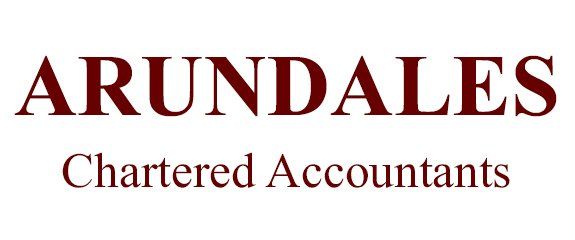THE TAX GAP: KEEPING OFF HMRC'S RISK LIST
Figures for the tax gap are published each year. They highlight the difference between the amount of tax owed to HMRC and the amount actually paid. This year the gap has grown again, and now stands at £46.8 billion.
The headache for HMRC is how to drive down this loss of tax. One way it tries to do so is by analysing which taxes and which customer groups account for the biggest slices of the gap, and then concentrating compliance strategy wherever it perceives a risk.
Key findings
The key findings for this year were:
- small businesses represent the largest proportion of the tax gap (60%)
- Corporation Tax accounts for 40% of the total tax gap
- the main behavioural reasons for the overall tax gap were failure to take reasonable care (31%), error (15%) and evasion (14%).
For these purposes, small businesses are defined as businesses with up to 20 employees, whose turnover is below £10 million. Small businesses are also the biggest contributors to the Corporation Tax gap, as well.
Taking reasonable care
Significantly, the tax gap very much underlines the importance of taking reasonable care. It’s not a term defined in statute, and whilst acknowledging that it will depend on the circumstances and abilities of each individual, HMRC expects that it will involve keeping and preserving sufficient records to make correct and complete returns; as well as finding out about how any unfamiliar event or transaction should be dealt with; and taking appropriate advice.
We are always happy to advise on any areas of concern, giving you the confidence that you are complying with your obligations. Please do contact us, whatever your question. We are here to help.



